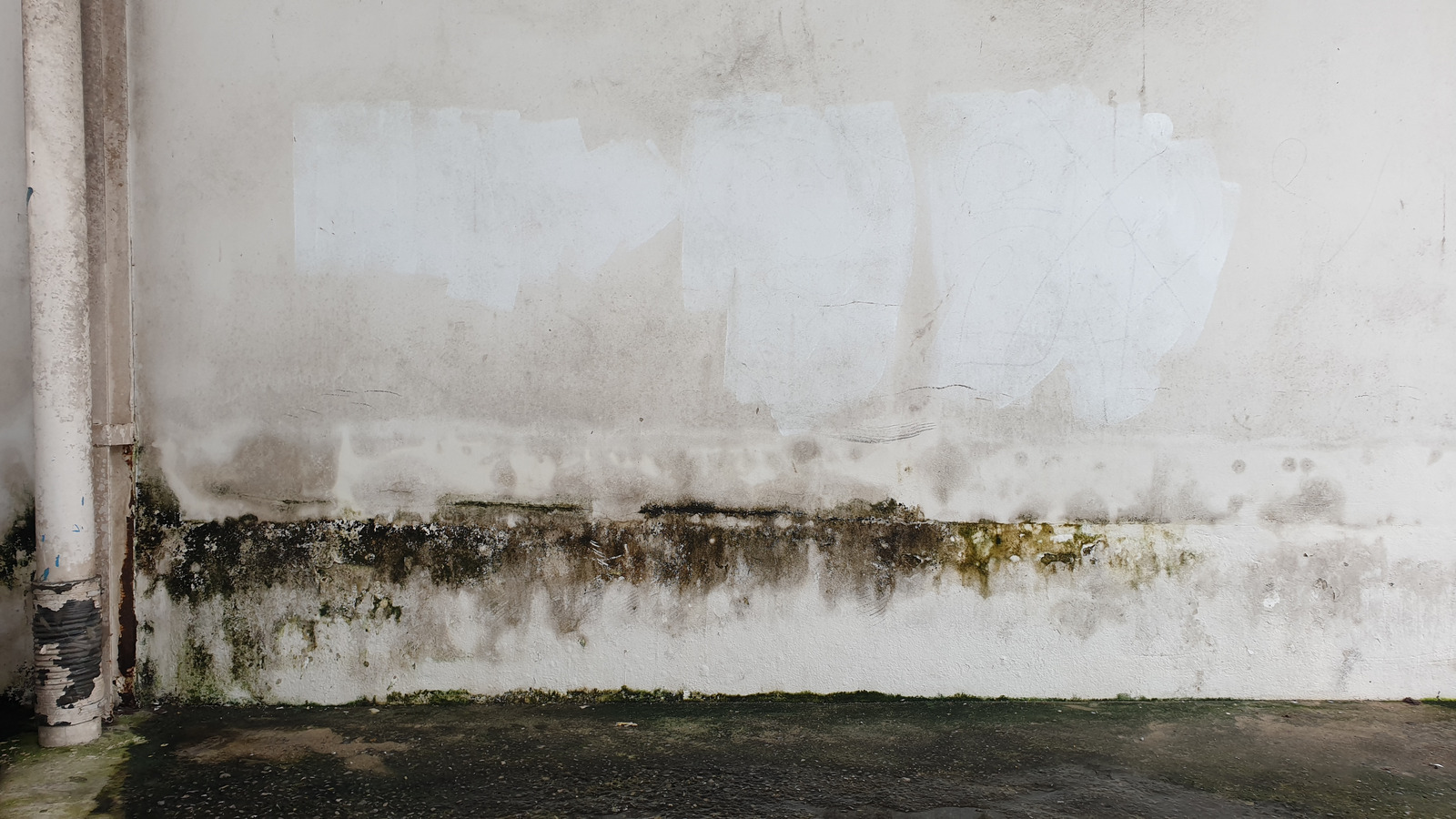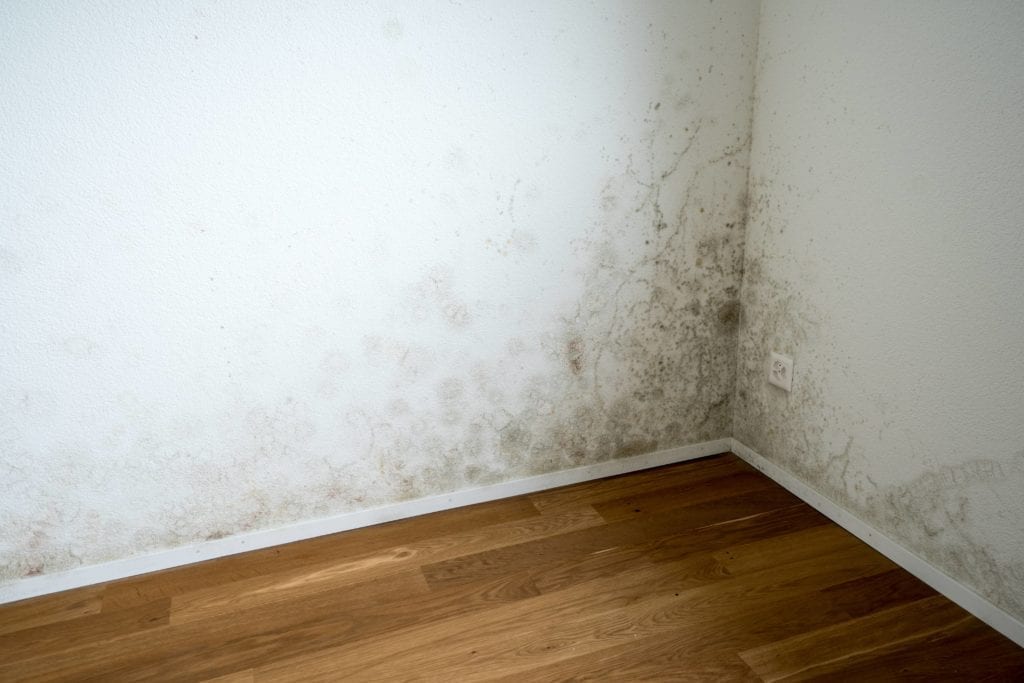Detect and Repair a Stain from Water on Wall Surfaces: Easy-to-follow Guide
Detect and Repair a Stain from Water on Wall Surfaces: Easy-to-follow Guide
Blog Article
Right here in the next paragraph yow will discover a good deal of extremely good help and advice on the subject of How to Remove Water Stains from Walls and Ceilings.

Water discolorations on wall surfaces are not enjoyable to the eyes. Occasionally it seems virtually inescapable to experience water discolorations on walls in houses.
Property owners living in damp areas continuously deal with the concern of water discolorations on walls. Yet that doesn't need to hold true for you. With exact as well as all-round information on the causes of water spots as well as prompt repair service processes, you will always be an action ahead of such occurrences. So, this short article promises to be a helpful overview for you.
3 Usual Causes of Water Discolorations on Wall Surfaces
In contrast to common belief, water spots on wall surfaces do not constantly come from poor structure products. There are a number of root causes of water stains on wall surfaces. These include:
Damp
When hot damp air consults with completely dry cool air, it triggers water beads to form on the walls of buildings. When there is steam from food preparation or showers, this happens in cooking areas and also washrooms. The water beads can stain the bordering walls in these parts of your house and infect other areas.
Damp or condensation influences the roof as well as walls of structures. When the wall is damp, it creates an ideal environment for the growth of fungi as well as germs.
Poor Drainage
This will certainly avoid water from leaking into the wall surfaces. This links to too much dampness that you discover on the walls of your building.
So, the leading source of wet wall surfaces, in this instance, can be a bad drain system. It can additionally be due to poor monitoring of sewage pipelines that run through the building.
Pipeline Leaks
A lot of residences have a network of pipes within the walls. This makes certain that the pipelines are faraway from the reach of harmful rats. It constantly raises the viability of such pipes, as there is little oxygen within the walls. This discourages rust.
A drawback to this is that water leak affects the walls of the building as well as triggers prevalent damage. An indicator of defective pipes is the look of a water discolor on the wall.
Pro Pointer
A houseplant in your house also raises its moisture. If the home is already moist, you might desire to introduce houseplants with marginal transpiration. An example of ideal houseplants is succulents.
Water Spots on Wall Surface: Repair Service Tips
House owners would generally want a quick fix when managing water spots. Yet, they would soon realize this is disadvantageous as the water spots recur. Below are a few handy pointers that will assist you in the repair of water spots on wall surfaces:
Final thought
Although no person intends to have water stains on walls in their house, it can take place to the most effective of us. This write-up provides you utilize, as you currently recognize how to handle this accident if it does happen.
It is constantly best to hire specialist services to help repair the damages in your home.
Often it appears nearly inescapable to experience water discolorations on wall surfaces in residences.
Contrary to prominent idea, water discolorations on wall surfaces do not constantly stem from inadequate building materials. There are a number of reasons of water stains on walls. The water droplets can discolor the bordering walls in these parts of your home and spread to various other locations.
Below are a couple of practical ideas that will certainly direct you in the repair work of water stains on walls:
CHECKING FOR WATER DAMAGE
Water damage can be costly, and it may begin before you even notice the first signs of trouble. Water damage can cause mold and mildew in your walls and floors, which can create an abundance of health concerns for your family. It can also lead to costly repairs of various appliances and general home fixtures. To avoid the pricey consequences of water damage, here are Warner Service’s top 5 places you should check:
The walls – The easiest place to spot the beginnings of water damage is on the walls and ceilings of your home. If water damage is present, there will most likely be water stains, especially around the windows and doorframes, and/or cracks in the drywall. If a stain looks unusual (discolored to brown, black or gray, raised texture), has a swollen appearance or is soft to the touch, contact a professional immediately. The pipes – To avoid water damage, consistently check the pipes in your kitchen (especially the dishwasher and ice maker), bathrooms, laundry room (specifically washing machines) and basement for corrosion, leaks and water stains. Pay special attention to where the pipes connect in your home and the location of caulking around the bathroom fixtures, including toilets, sinks, showers and tubs. Missing or loose caulking and grout could be signs of leaking water. This seepage can also quickly cause mold and rust, so double check your water heater and tank for wet spots on the floor. The floor – Water damage is very easy to spot on the floor. Look for any warping or buckling of the material, especially in the basement. If your home has wood flooring, look for bright white or dark stains. If your home has carpeting, keep it dry and clean. A damp carpet that smells of mold could cause water damage and health problems. To avoid this, consider installing floor pans under your appliances to help prevent damages from small, slow and undetected leaks. The basement and attic – If your basement or attic smells odd check for mold and mildew around the area, especially the valley where the roof meets. While you are inspecting those areas, check for wall cracks, floor stains, rust and dampness in the insulation. If you live in a colder and/or rainier climate, perform routine checks for water damage from melting snow or ice and rain. The exterior – Check the roof for damaged flashing and missing, cracked or curled shingles. There should also be no standing water anywhere outside your home. This could be caused by puddles, leaky rain gutters or hoses, poor drainage, or short gutter spouts. Invest in a sump pump system or water flow monitoring system, and perform routine maintenance on these outdoor appliances to avoid indoor water damage.

We were introduced to that article about Water Stains on Walls through an acquaintance on another web blog. Sharing is caring. You never know, you may very well be helping someone out. Thanks for taking the time to read it.
Expert care? Call. Report this page